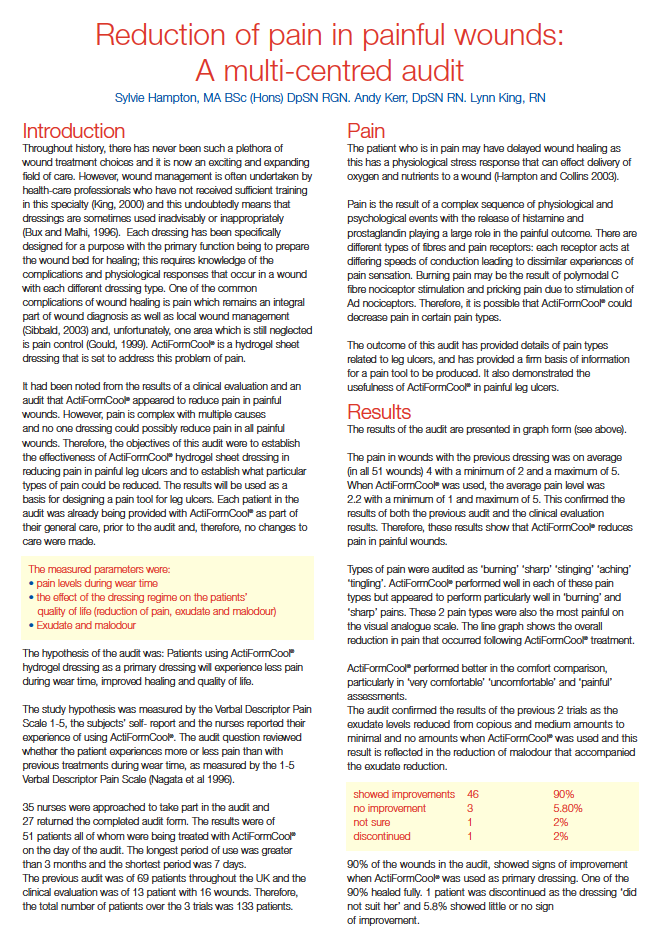
WHY PUBLISH?
There are many benefits of writing for publication including sharing best practice, highlighting complex clinical challenges and increasing your profile within tissue viability. This can be done in a variety of different ways, such as:
REVIEW ARTICLES
This explores key papers and produces a summary of best available advice, research and data.
RESEARCH & AUDIT
These highlight small research projects and clinical audits. This includes the ‘why’ and ‘how’, key findings and recommendations or the implications for clinical practice.
PRACTICE DEVELOPMENT
An ideal platform to share, challenge and advance clinical practice. This could share delivery models or clinical pathways, through to specific dressing or bandaging techniques.
CASE REPORTS
These intimate and patient focused articles present complex challenges and share success when these are managed effectively.
CONFERENCE POSTERS
Posters can be a nice entry point to the world of clinical writing. Posters can present all the above, in a structured and illustrated format. Posters are usually written using sub sections to navigate the reader and include introduction, method, results, discussion and conclusion.
LLCS offer support in writing, presenting and sharing clinical practice. If you have a story your company or customer wants to share, please contact us for more information on how we can help you.
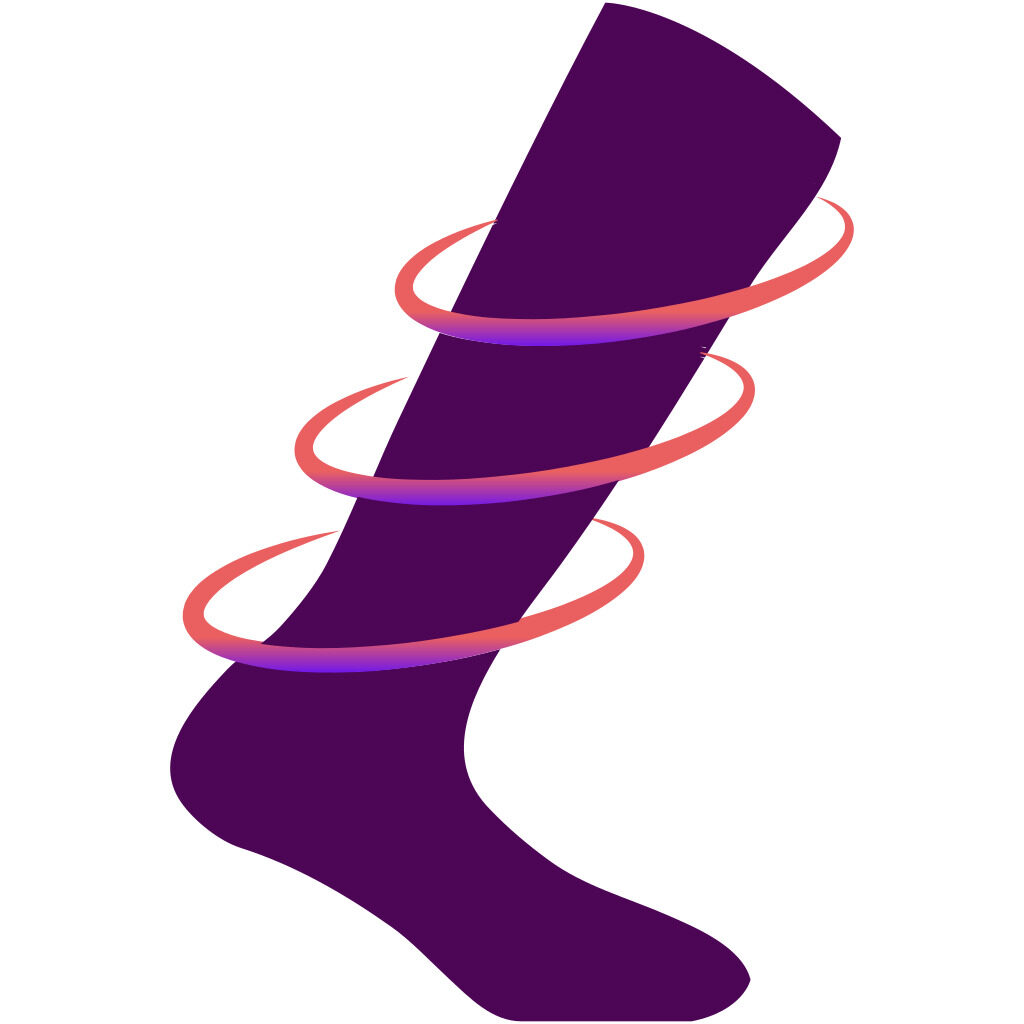
EXAMPLES
Burnett J, Kerr A, Morrison M, Ruston A (2021) An audit to assess the impact of prescribing a monofilament debridement pad for patients with unhealed wounds after 6 months. Journal of Wound Care. Vol 30, No5.
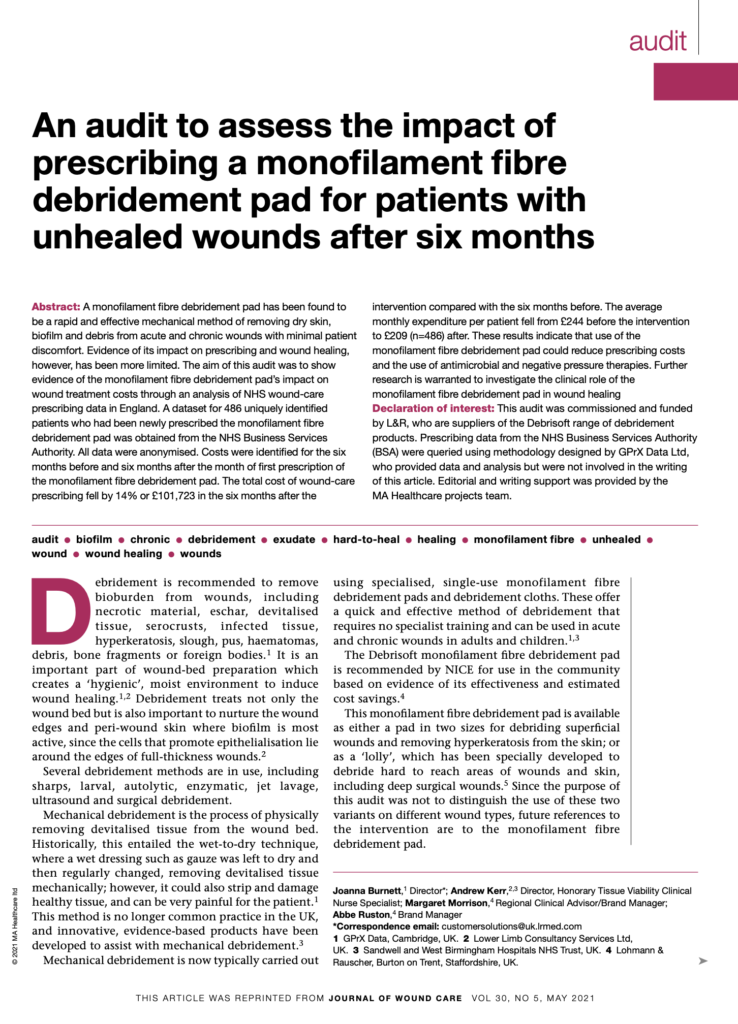
Hallas-Hoyes L, Williamson S, Kerr A, Andrews T, Calladine L (2021) An advanced self-care delivery model for leg ulcer management: A service evaluation. Journal of Wound Care. Vol3, No9.
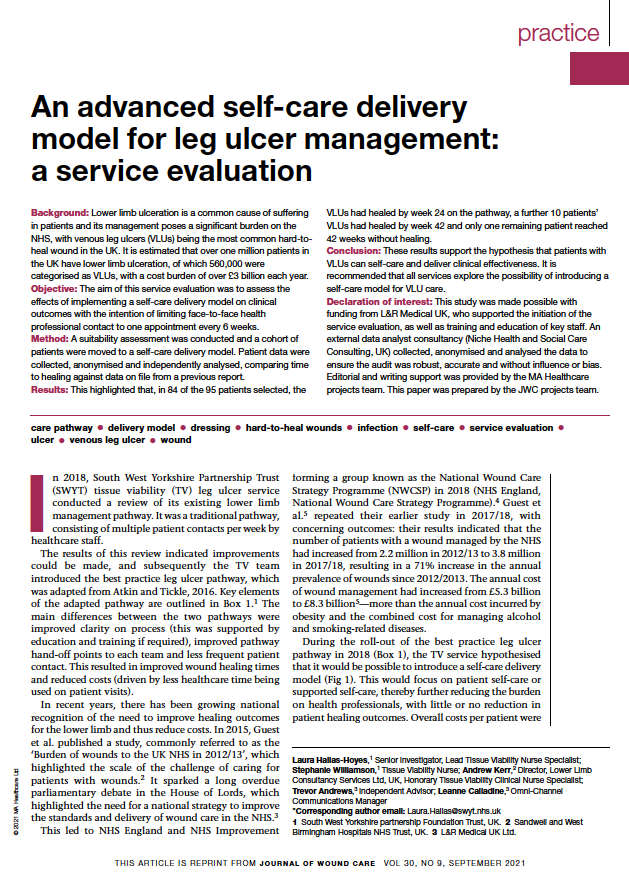
Vowden P, Kerr A, Mosti G (2020) Demystifying mild, moderate and high compression systems – when and how to introduce “lighter” compression. Wounds International, London.
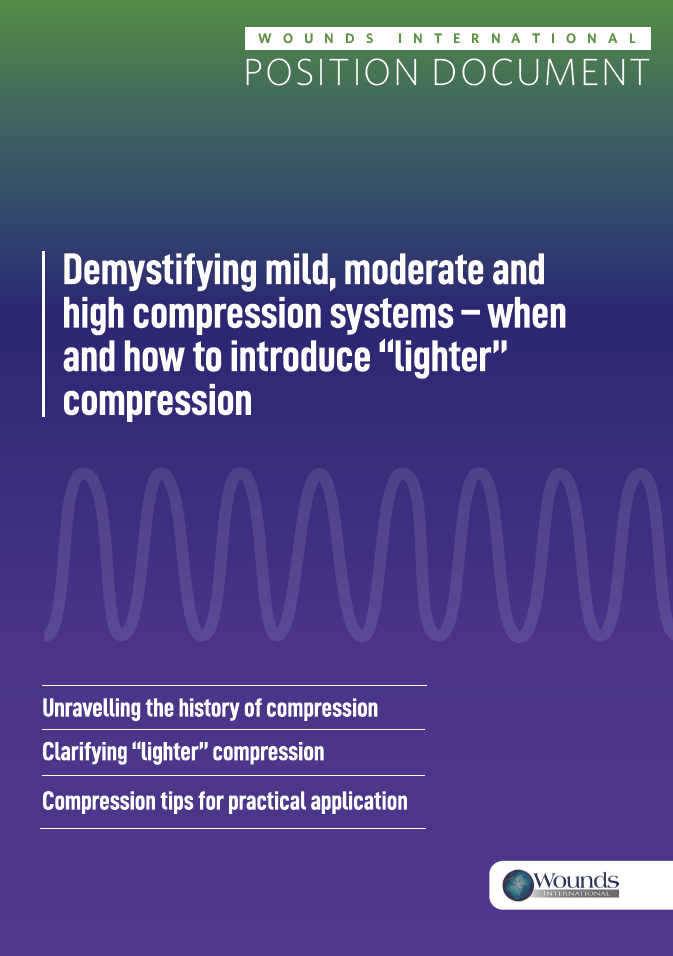
Kerr A, Birch K (2018) Improving patient concordance – A patient passport for effective treatment of leg ulcers. Wounds UK National Conference.

Kerr A, Birch K (2018) Managing Leg Ulcers in Primary care. Wounds UK National Conference.
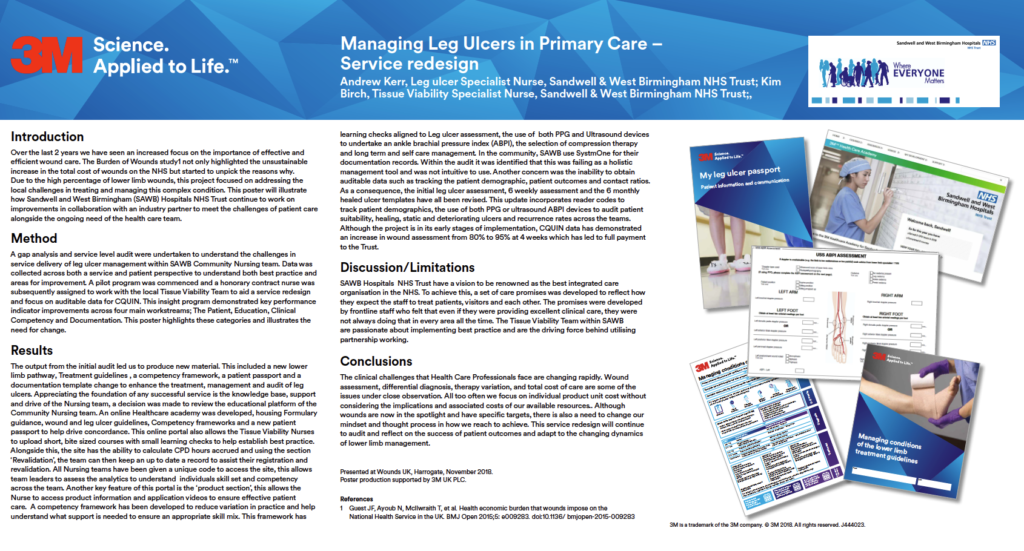
Kerr A, McDonagh L, Flaherty, Birch K, While P, Stanford K, Knight S, Kacha C, Carruthers A (2017) Meeting CQUIN targets: Managing Leg Ulcers in Primary Care. Wounds UK National Conference.
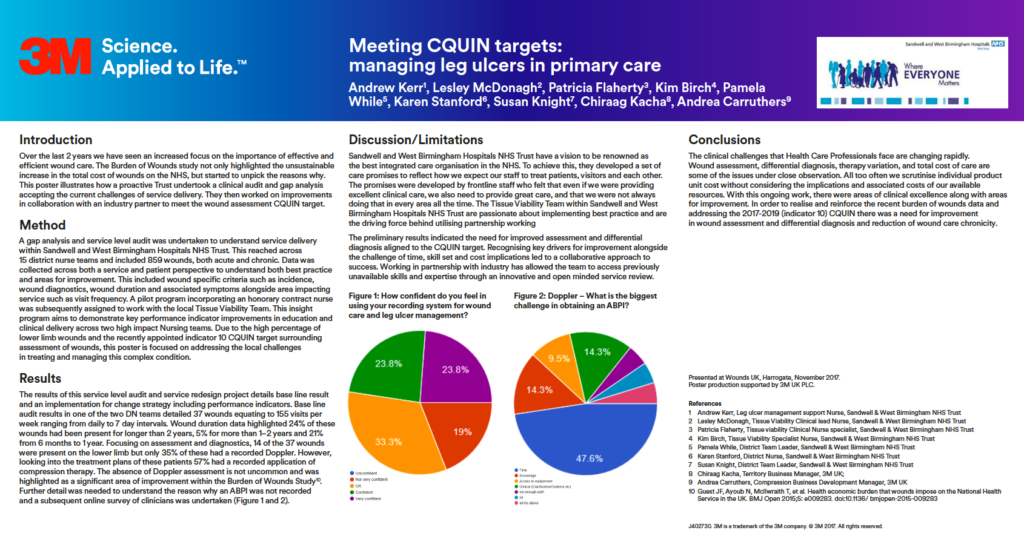
Moffatt C CBE, Gaskin R, Benson M, Kerr A & Arrowsmith M (2017) Developing and piloting a community care pathway for chronic oedema. Wounds UK National Conference.
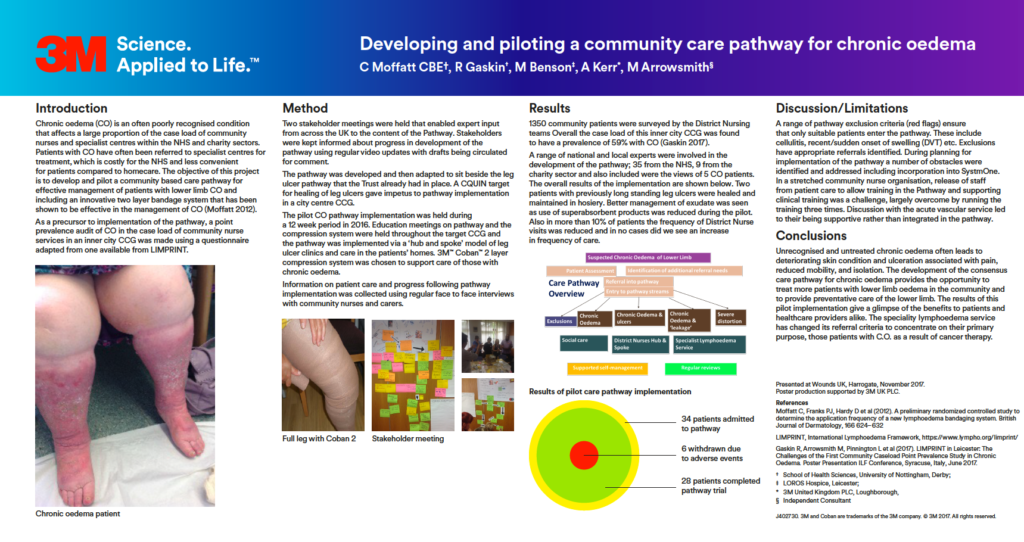
Kerr A (2015) The use of Smart technology to deliver effective and efficient nurse education. European Wound Management Association Conference.
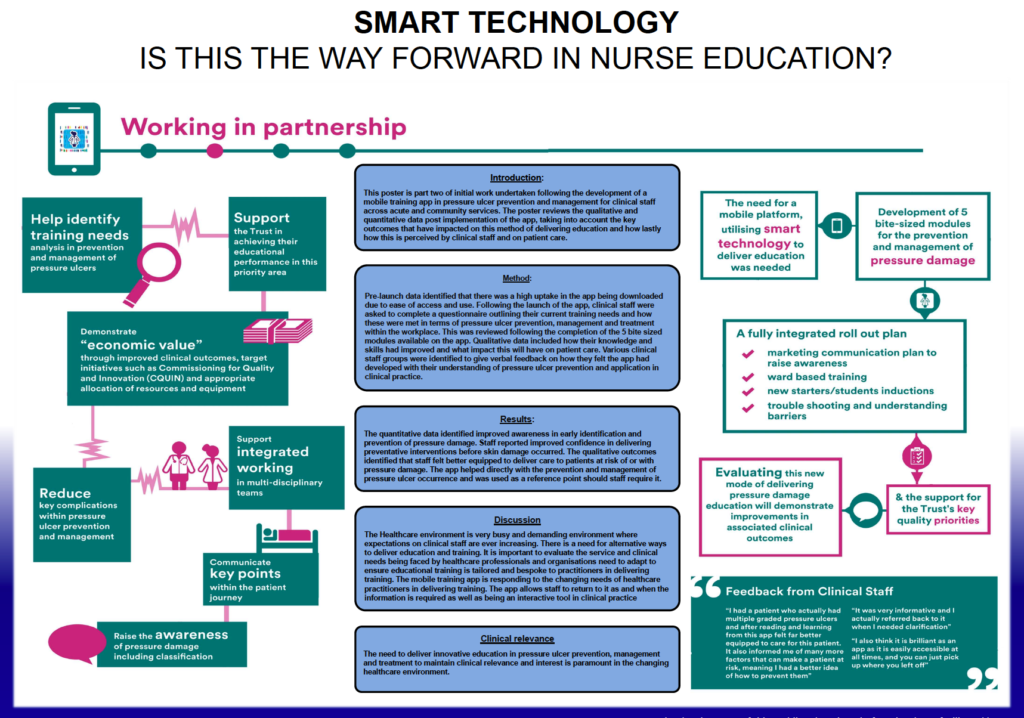
Kerr A (2014) How to best describe and record exudate. Wounds UK, Vol10, No2.

Kerr A (2014) An evaluation of 3M Tegaderm Superabsorber dressing using an exudate management algorithm. British Journal of Community Nursing. Published online.
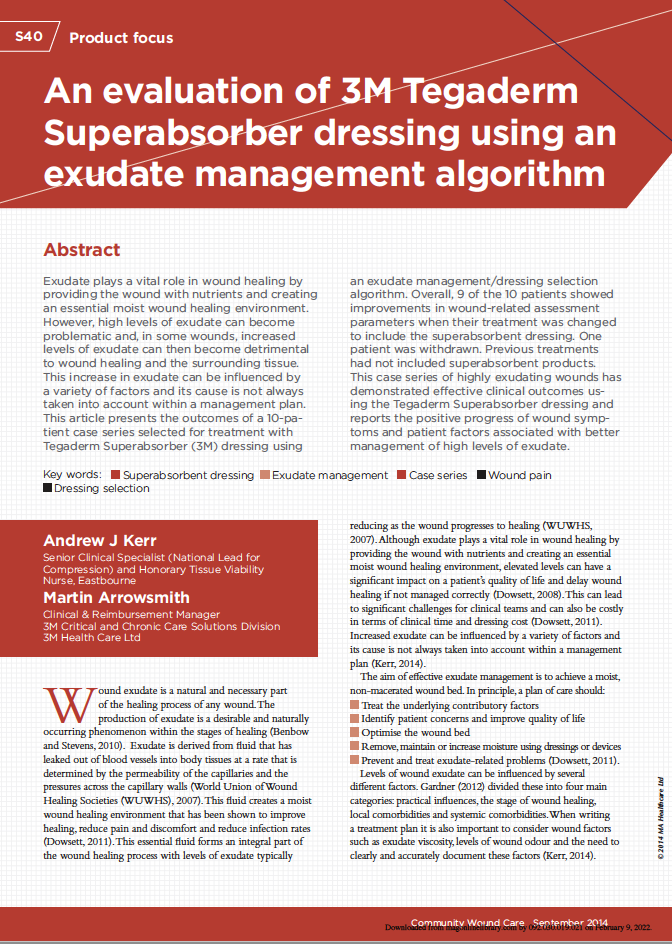
Kerr A, Hampton S, Tadej M, Coulborn A & Knowles A (2014) A clinical case series evaluation of a super absorbent dressing. Tissue Viability Society Conference, York University, UK.
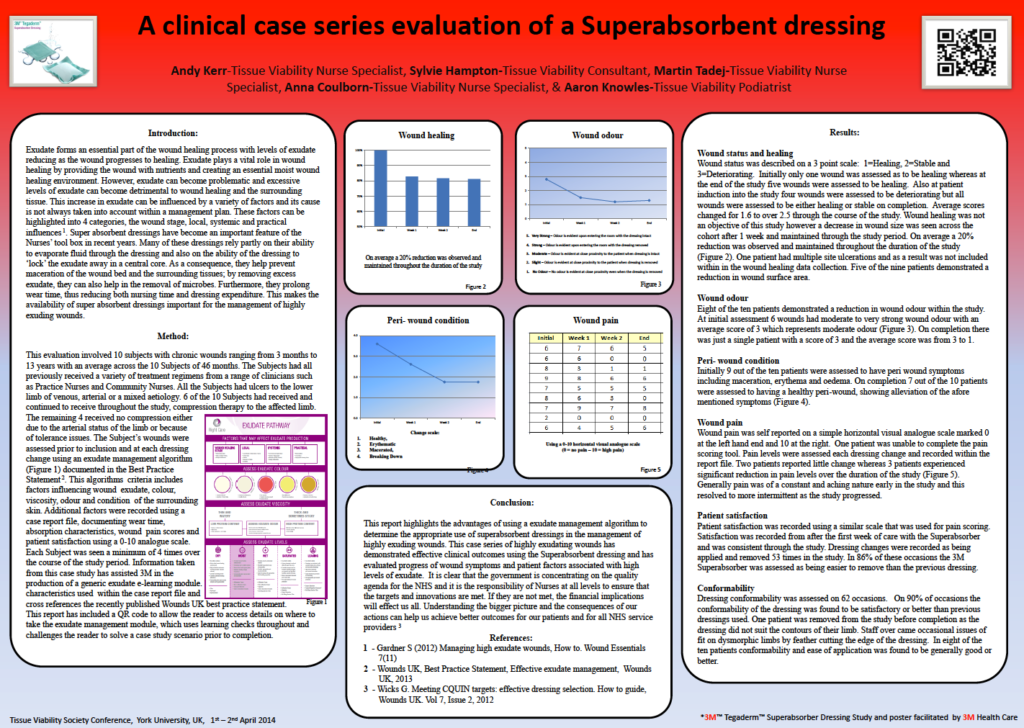
Kerr A, Arrowsmith M, Young S, Hampton S, James H (2014) Evaluation of a skin barrier cream for managing IAD in elderly patients using high frequency ultrasound.British Journal of Community Nursing: Clinical Focus. Vol 19. No12.
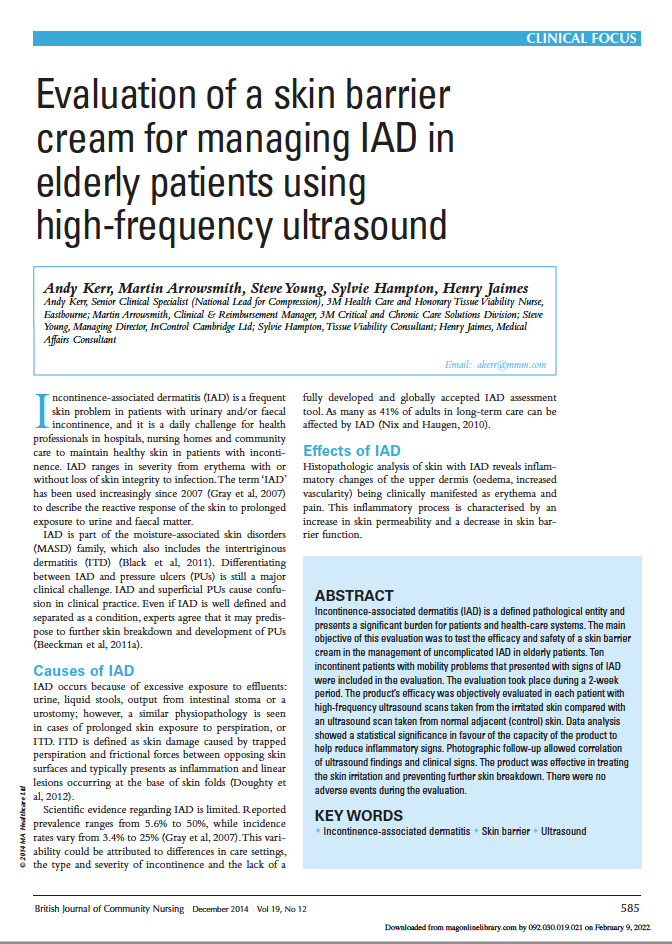
Kerr A (2013) The use of high definition ultrasound to evaluate the effectiveness of a honey preserved durable barrier cream in the management of incontinence associated dermatitis. European Wound Management Association Conference, Copenhagen, Denmark.
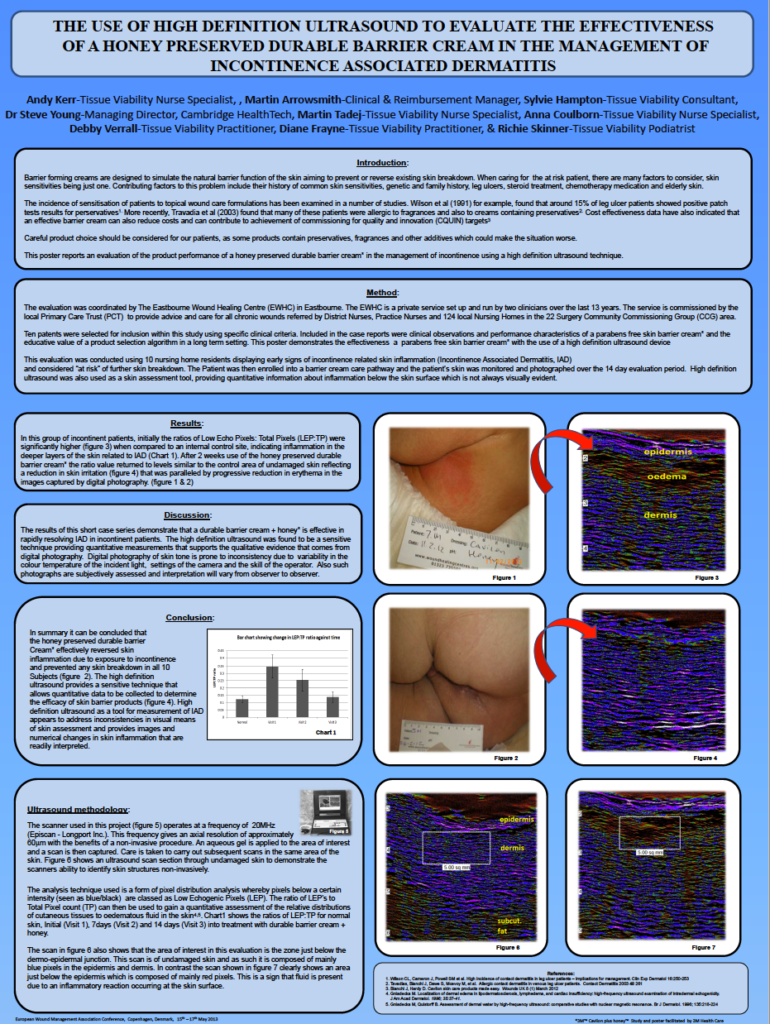
Kerr A, Hampton S, Tadej M, Coulborn A, Skinner R (2013) Selecting the appropriate skin barrier for your patient – The use of a skin barrier section algorithm. Tissue Viability Society Conference, Kettering Conference Centre, UK
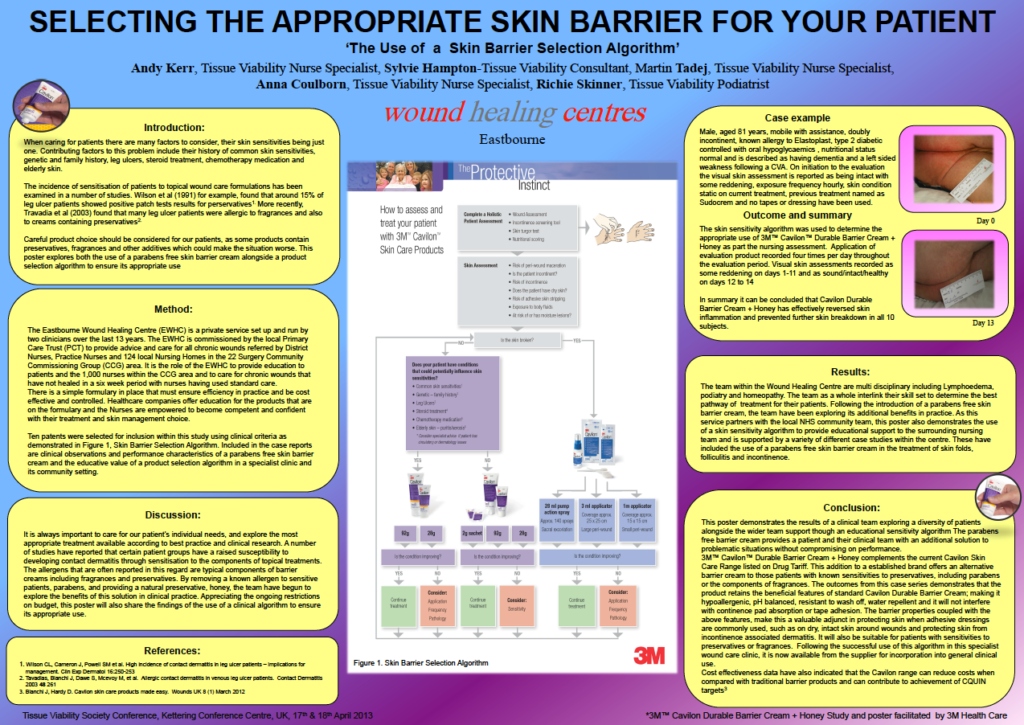
Kerr A, Coulborn A, Hampton S (2013) No decision about me, without me. Wounds UK National Conference.
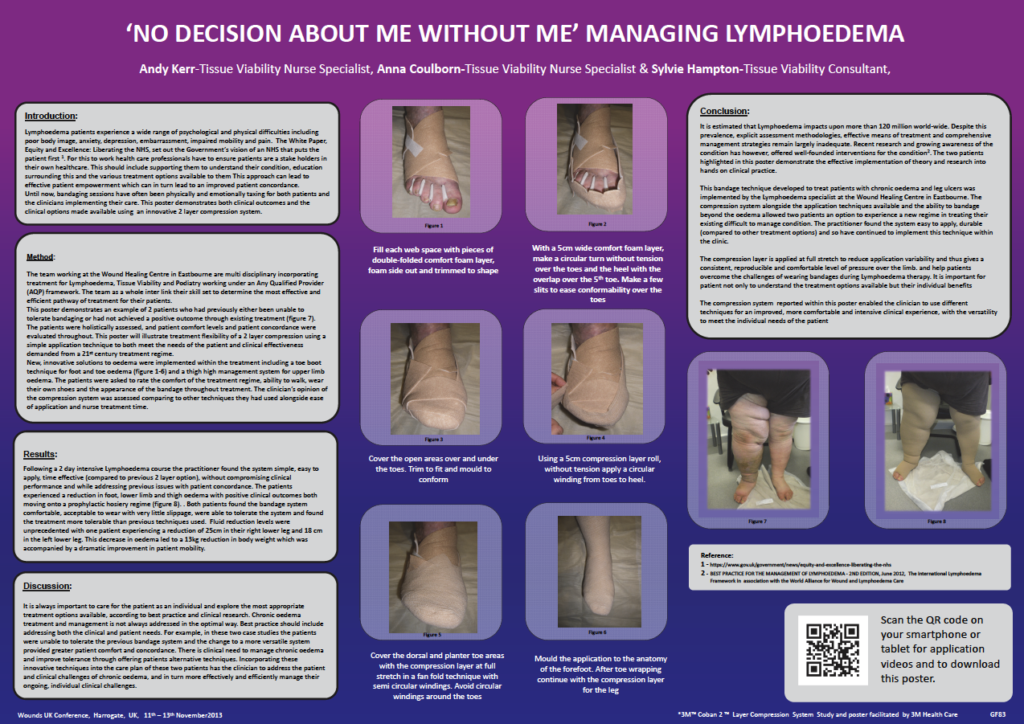
Kerr A, Hampton S, Tadej M, Coulborn A & Skinner R (2013) The use of an exudate management algorithm to determine the appropriate use of dressings in highly exuding wounds. Tissue Viability Society Conference, Kettering Conference Centre, UK
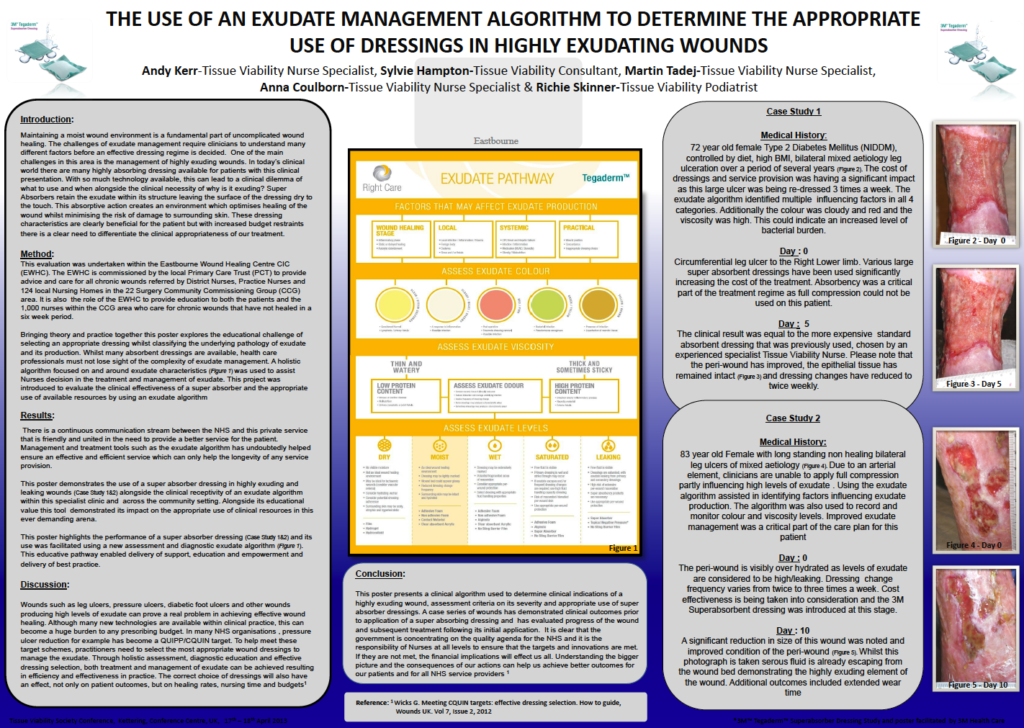
Kerr A (2011) Healing an intractable wound using a high performance foam. Wounds UK National Conference
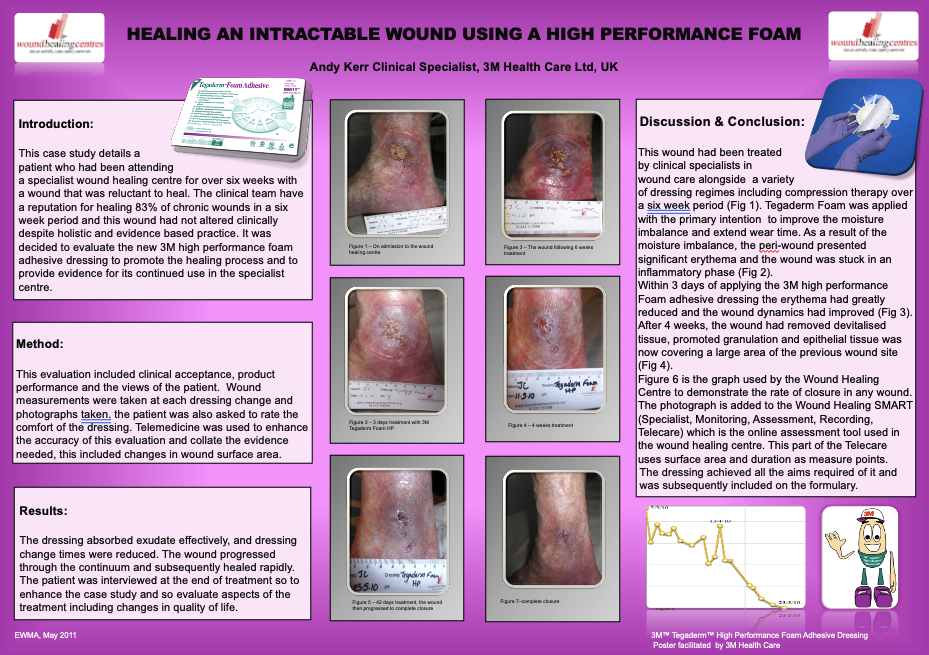
Kerr A, Layflurrie K, Godar S (2011) Reducing compression – Improving quality of life. European Wound Management Association Conference.

Kerr A, Kray SJ (2011) How partnership working with industry can support innovative service design within a community health NHS trust. European Wound Management Association.
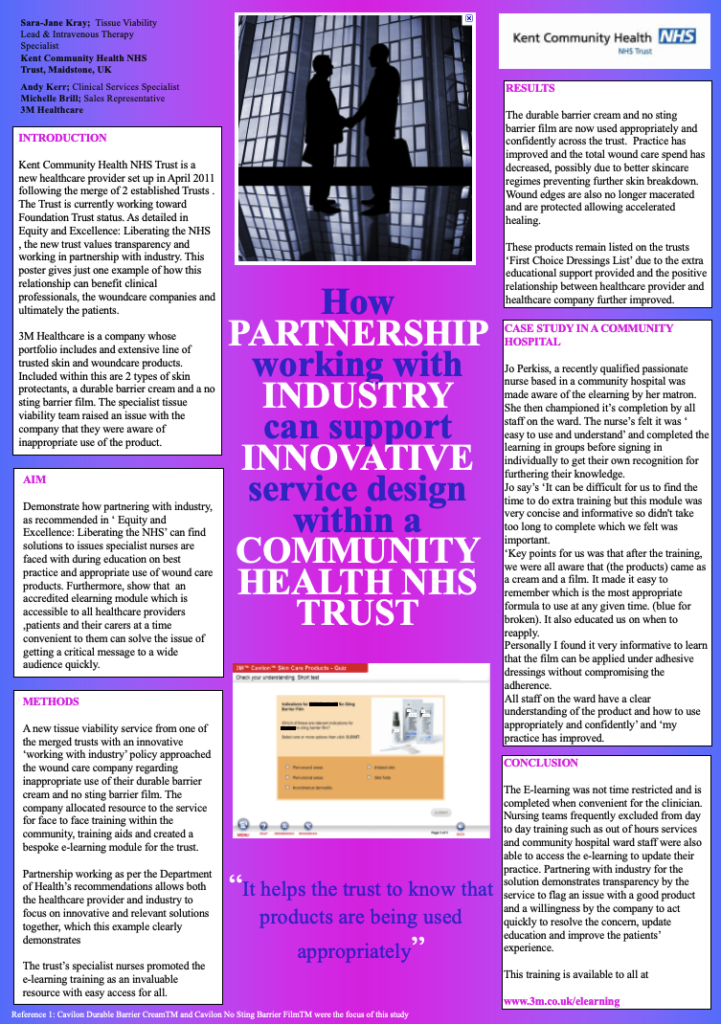
Kerr A, Kingsley A, Tadej M, Coulborn A, Bree-Aslan (2009) Suprasorb X +PHMB: Antimicrobial and hydro-balance action in a new wound dressing. Wounds UK, Vol5, No1.
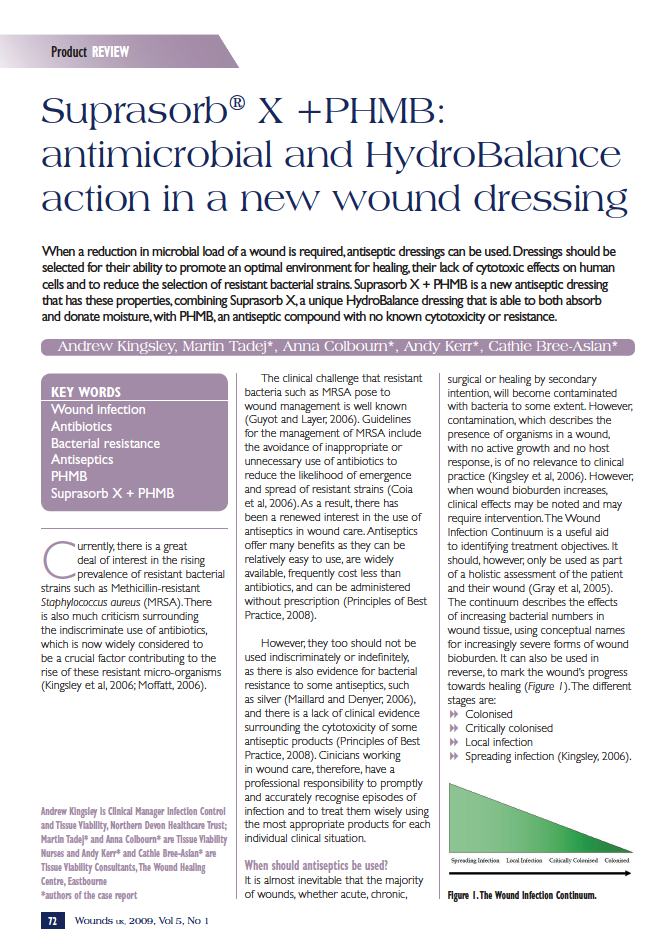
Kerr A, Hampton S (2009) Clini Duo40: Venous Ulcer Compression System. Journal of Community Nursing. Vol23, Issue 7.
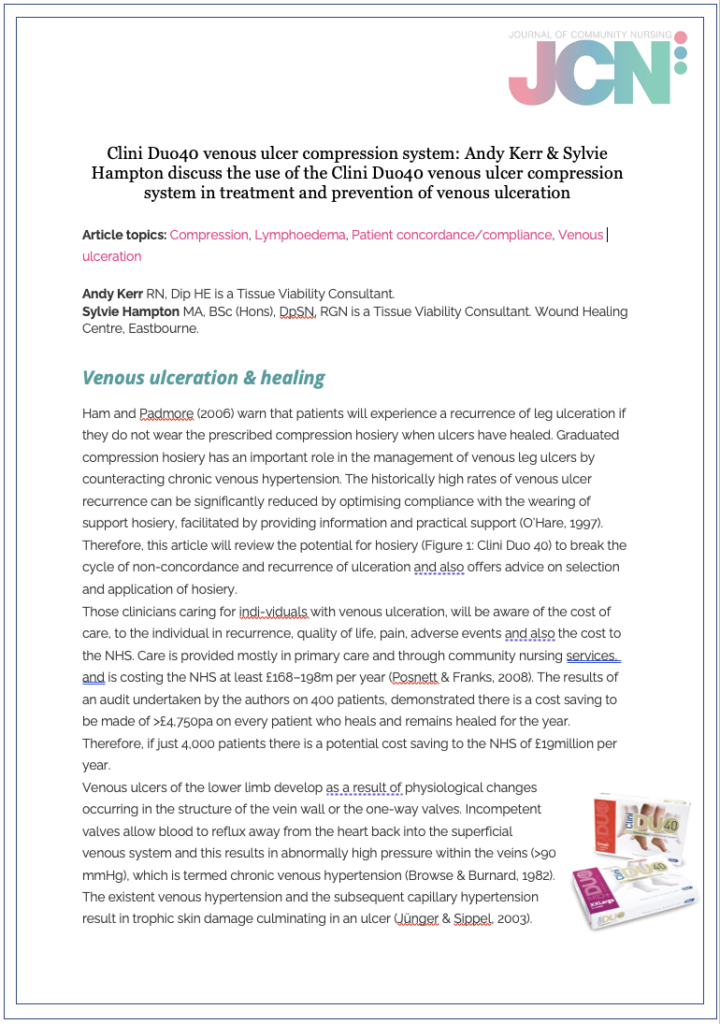
Kerr A, Hampton S, Bree-Aslan (2008) How quality of life can be altered in 24 hours: The treatment of a lady with unrecognised lymphovenous disease. Independant publication: Activa Healthcare Ltd
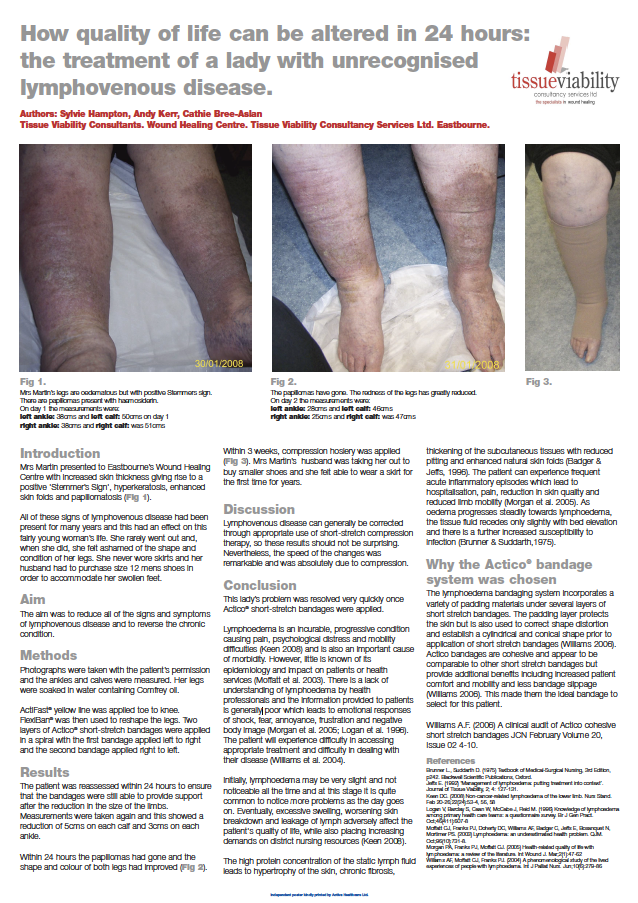
Hampton S, Kerr A, Bree-Aslan C (2008) Oxyzyme: An oxygen releasing dressing. Journal of Community Nursing. Vol 22. Issue 9.
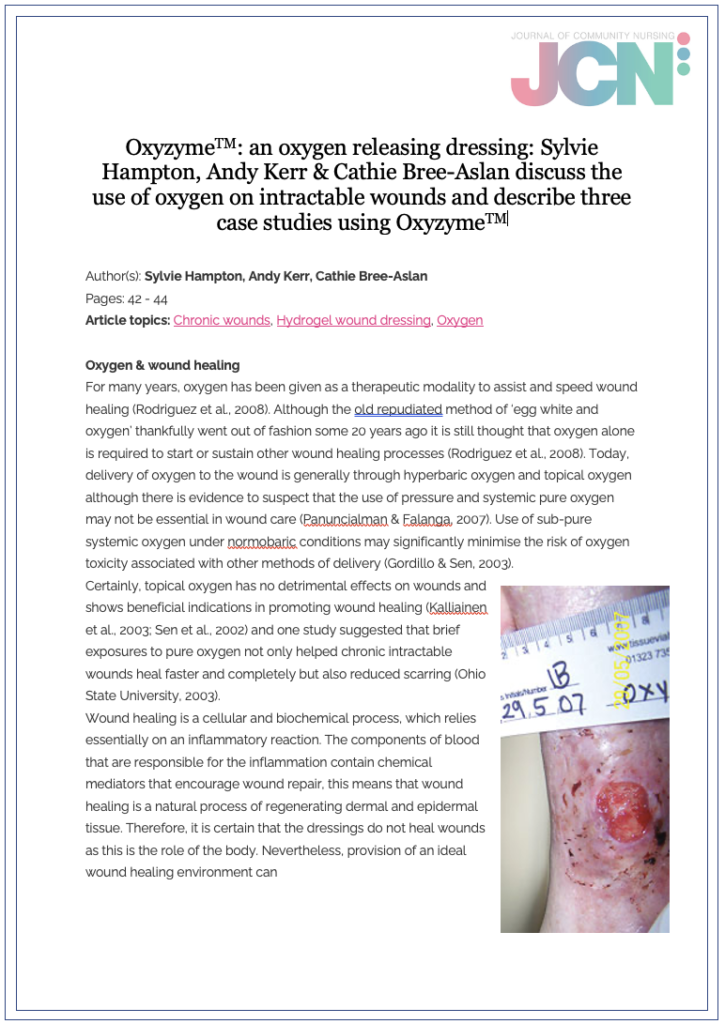
Hampton S, Young S, Kerr A (2008) Treating sinus wounds. Journal of Community Nursing. Vol22. Issue 6.
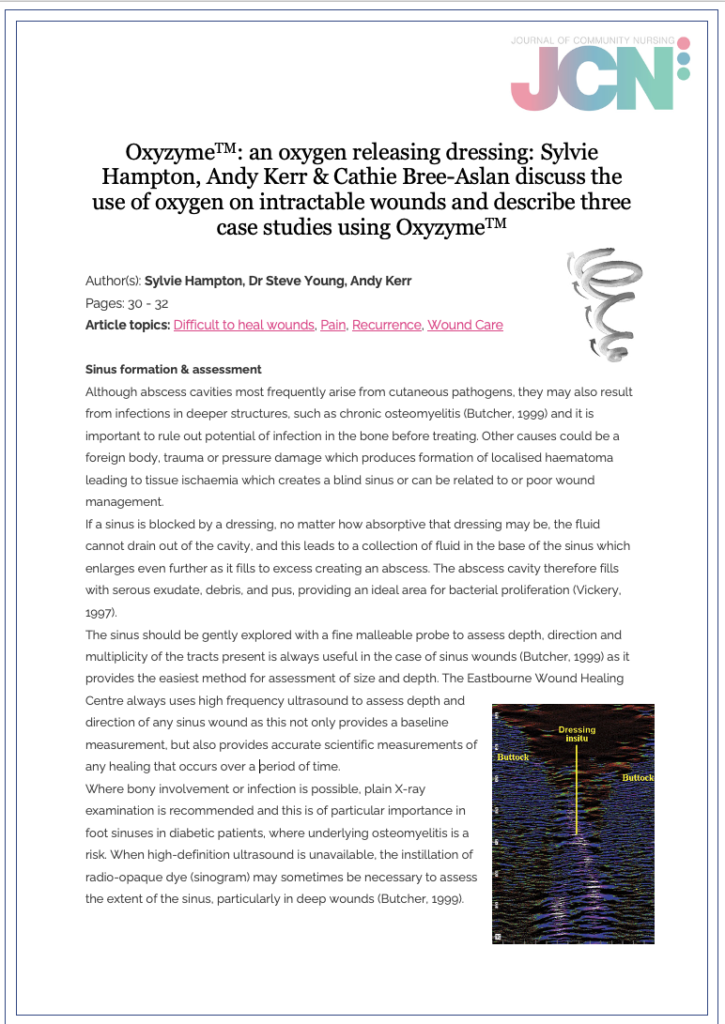
Kerr A (2008) Reducing Shear and Friction. Nursing and Residential Care 10(1): 626-627.
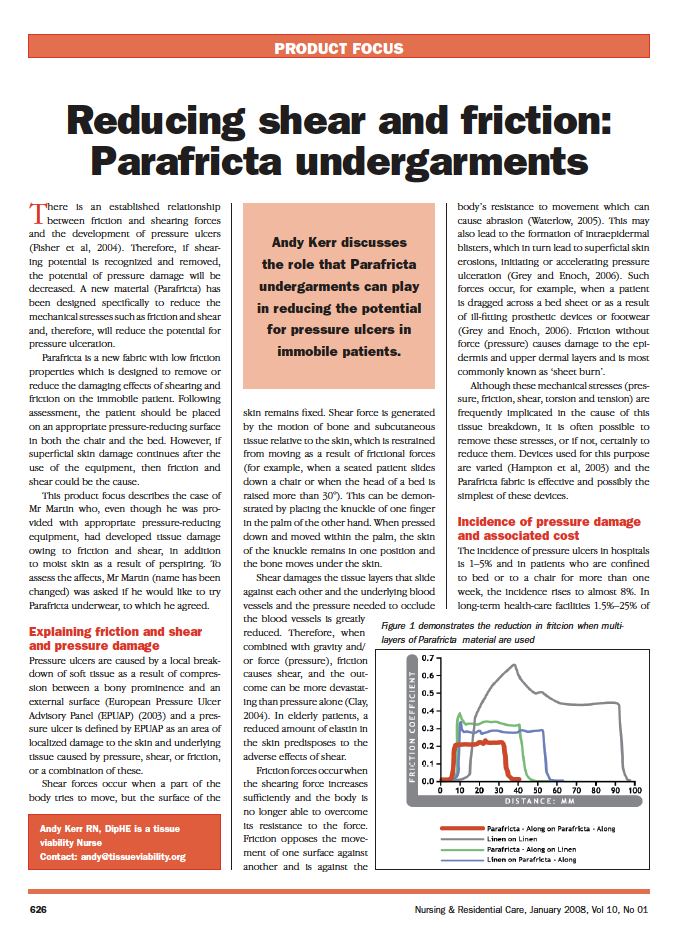
Kerr A, Timmons J, Hampton S, Koller J, Bertram M (2007) The use of Oxyzyme sterile dressing with iodine on hard to heal wounds: Case Study Series. Wounds Uk.
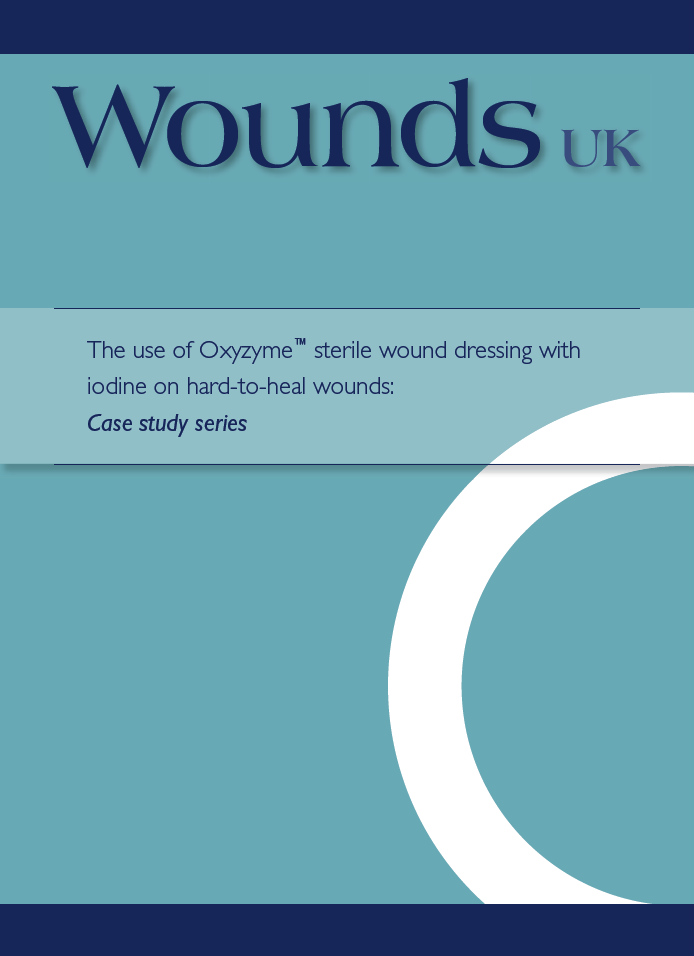
Kerr A, Young S, Hampton S (2006) Has packing sinus wounds become a ritualistic practice? British Journal of Nursing (Tissue Viability Supplement). Vol15, No19.
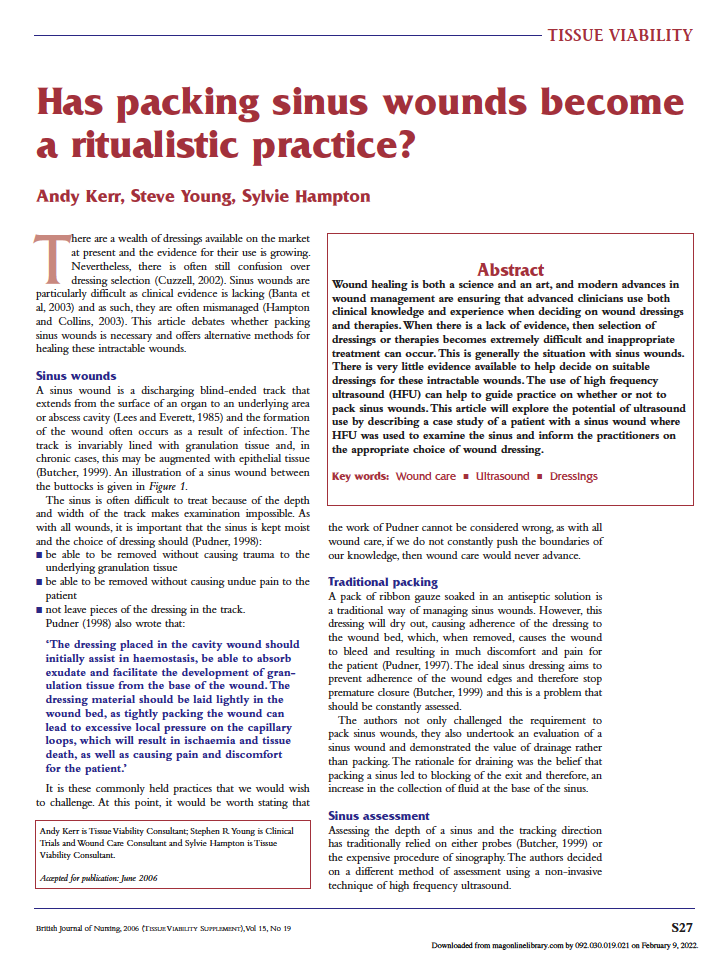
Hampton S, Kerr A, Crossley M (2006) Summary of five case studies on the treatment of venous leg ulcers with a new two layer compression system in a community setting. Corporate publication. 3M UK.

Kerr A, Hampton S, King L (2005) Reduction of pain in painful wounds: A Multi-centered audit. Corporate publication. Active Healthcare Ltd
